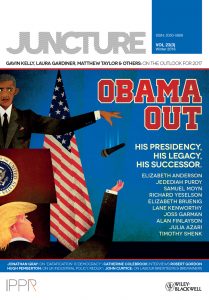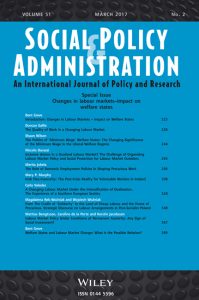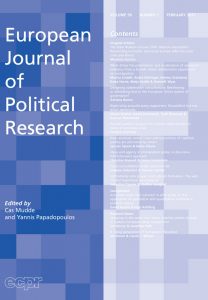Revisiting the Porn Wars
An exciting new journal is slated for release next year—Routledge’s Porn Studies. The journal, the first of its kind, will focus explicitly on erotic and pornographic materials, as well as sex work generally. As its call for papers makes clear, it aims to include interdisciplinary, intersectional, and global analyses. Such a journal is a brave endeavor because the topic of pornography is an incredibly volatile one in academic and activist worlds. The journal is still a year away from publication and has already sparked angry responses, highlighting an ongoing problem in approaches to pornography that will be the focus of my post.
Since the late 1970s, critical engagements with pornography have been rather explosive. The late 70s and early 80s were dubbed, in feminist communities, the porn wars (or sex wars) (see Cornell, 2000 for examples of many feminist takes on pornography, both recent and historical). At this time, anti-porn, or radical, feminists suggested that pornography was a social problem that could only be stopped through censorship. Pornography was, according to feminists like Andrea Dworkin and Catherine MacKinnon, violence against women—literally against the women who performed in it, and symbolically against all women in society because of the stereotypes and aggressive sexuality it promoted. In contrast, anti-censorship and pro-sex (or sex positive) feminists, highlighted the dangers of the radical position. The fact that pornography encouraged female sexuality meant that it could potentially be harnessed by feminists to fight against cultural norms of female sexual passivity and propriety. Moreover, the problems of censorship had to be considered and the feminists raised concerns that the sexual materials of minority communities (LGBT, S&M, etc.) would be the first, and perhaps only, materials to be criminalized. The heated debate became all-out war, which then transformed into a hateful stalemate between opposing groups. A kind of feminist civil war that was never resolved. Still is not resolved.
Through the past few decades, scholarship on pornography has continued, but rarely is there conversation between opposing viewpoints. The debate about Porn Studies makes this clear. The organization, Stop Porn Culture, an activist organization representing the modern instantiation of anti-pornography feminism, has put forward a petition opposing the publication. The petition claims that the journal’s board is biased in favor of pornography and the journal’s neutral title is misleading given this bias. (One blogger, not obviously affiliated with the organization, likens the bias to filling an advisory board for a dietetics journal with the CEOs of Pepsi, Kraft, and Pillsbury. This is a flawed analogy however, because the journal’s board is not comprised of pornographers and porn actors.) They believe anti-porn research will be rejected from the journal, thus silencing their political position. Yet the journal’s call for papers explicitly states that it is interested in publishing “observations, developments, debates or issues in porn studies, designed to encourage exchange and debate.” This is, in my opinion, the greatest opportunity the journal offers—in a climate of silence, mistrust, and anger, the editors are actively seeking out new ways to converse.
The primary goal of Stop Porn Culture, like the anti-pornography feminists during the porn wars, is eradication of pornography, especially violent pornography. But they also seek to expose the ways in which porn has seeped into the veins of our culture, its deep connections to other powerful industries, and the effect it has on gender and sexuality—all of these goals are at least implied in the works listed on the website. Providing these contextual insights is precisely the objective of the journal the organization is currently fighting. The fact that they cannot see the benefit of furthering our understanding of pornography, both in the U.S. and globally, is disturbing. There is still so much that we don’t know about pornography. For example, although we have a lot of anecdotal evidence about the women who act in pornography, few studies have set out to understand how industry women, on the whole, experience their work. We also don’t know nearly as much as we could about porn’s female viewership. Do they engage with pornography in ways that differ from male audiences? Do they watch the same types of pornography? And what are the actual effects when women watch porn? A lot of research during the porn wars focused on the outcomes when men watch explicit materials, but few have investigated how and why women watch porn, and what they feel when they do.
These types of questions—important questions—are well within the purview of Porn Studies and the expertise of its editorial board, most of whom are situated in media and film studies or cultural studies, and/or are trained in critical sexuality studies. And more than that, these questions are answerable only if we open up space for dialogue rather than silence. This new journal is precisely that opportunity.
**A quick thanks to Cheryl Llewellyn, another Sociology Lens blogger, and my SBU colleague. The ideas here are part of a larger project on feminism and pornography that she and I have been invested in for several years.
Further Reading
Cornell, Drucilla (ed.) 2000. Feminism and Pornography. Oxford: Oxford University Press.





